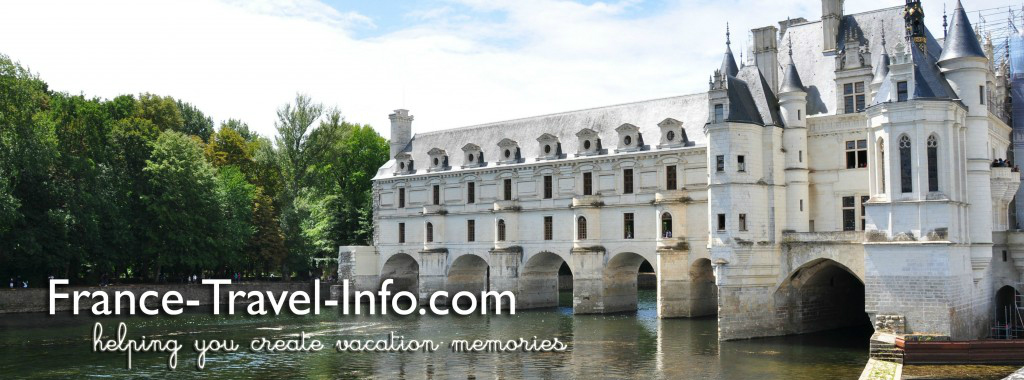Bourgueil Abbey of Saint-Pierre Includes a Remarkable Collection of Artifacts
The Bourgueil Abbey, officially known as Abbaye Saint-Pierre de Bourgueil-en-Vallée, was founded in 990. The Comtesse de Poitiers (Countess of Poitiers) Emma of Blois founded it as a Benedictine Abbey.
We visited Bourgueil for the first time in 2014 but the Abbey was not open on the days we were there. It was nice to plan our trip this time with a visit to the Abbey in mind. Here’s a little tip: parking near the Abbey gives you easy access to the centre ville, particularly if you are headed in for the weekly market. I highly recommend visiting the Patisserie Brémaud across from the market hall for the local specialty La Galette Bourgueilloise.

Below is the 12th century Bourgeuil Abbey church.


12 century abbey church
A Benedictine Abbey
The Bourgueil Abbey was a Priory prior to Emma of Blois founding the Benedictine abbey in 990. An incredible amount of land came with the abbey.
In the 12th century these lands that were once part of Emma’s dowry functioned as vineyards. Credit belongs to Abbott Breton for developing these vineyards which remained under abbey administration until the Revolution. (Martin Garrett: The Loire, A Cultural History) However legend says that it was Father Baudry who planted the first cabernet franc vines in 1089.
Today, volunteers act as docents and provided a lively and informative tour of the 13th and 18th century buildings. There are also 10th century remains. We got to see some of the cloisters and monks chambers which house a plethora of memorabilia. We also saw the refectory, currently functioning as a cinema, as well as the infirmary refectory.
These paintings on wood made me wish we could’ve seen the entire wall where they once existed! 
In every article you find on the Bourgueil Abbey, the authors comment on the spectacular staircase. Can you see why? It’s lovely!

The sun was just perfect for casting shadows through the ironwork.

Looking back down the staircase to the main floor
Bourgueil Abbey Monk’s Rooms – A Plethora of Artifacts
The monk’s chambers are now used to house historical artifacts. A few of the chambers were set up to be historically accurate to the time of the monks. This is a small study area in one of the monk’s chambers.

I know this is a confusing angle, but what you see are the ornamental vestments of the priest or possible a bishop (I do not remember which!)

Our guide led us from one room to the next, each one filled with amazing collections of memorabilia.

There were several different carts of this type that were early day push-chairs/strollers for children.

What an amazing collection of farm implements!
Framed dated pages of magazines give an idea of the fashions of the time period. These were interesting, but the four glass cases of women’s head coverings were even more so. I loved these beautifully detailed caps and their intricate lace-work.

The curious cylinder below holds six flat-irons used for ironing before the advent of electric irons. Coal heated the cylinder which kept the irons ready for the person ironing the abbey linens. Ironing the 100% cotton sheets, table cloths and robes of the time period happened right here with these heavy cast-iron irons. An extensive collection of irons were in the display case, but it was this curious contraption for heating multiple irons that caught my attention.

Coal heater for laundry flat irons
Still Serving the Inhabitants of Bourgueil

The infirmary refectory above serves Bourgueil as a local meeting place. The beautiful ceiling is original to the building. In addition, one of the rooms here in the abbey serves the local community as a theatre.

The finials of the vaults in the cinema are amazingly intricate!

If you are planning to visit the Bourgueil Abbey, please verify their opening times on this official Touraine/Loire Valley website.

The grand door leading the the abbatial lodgings


Leave a Reply